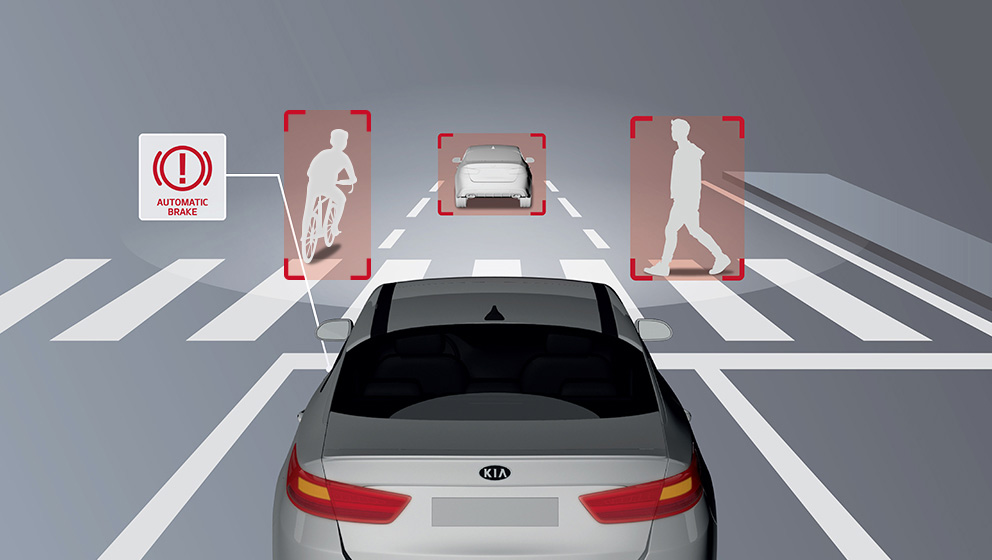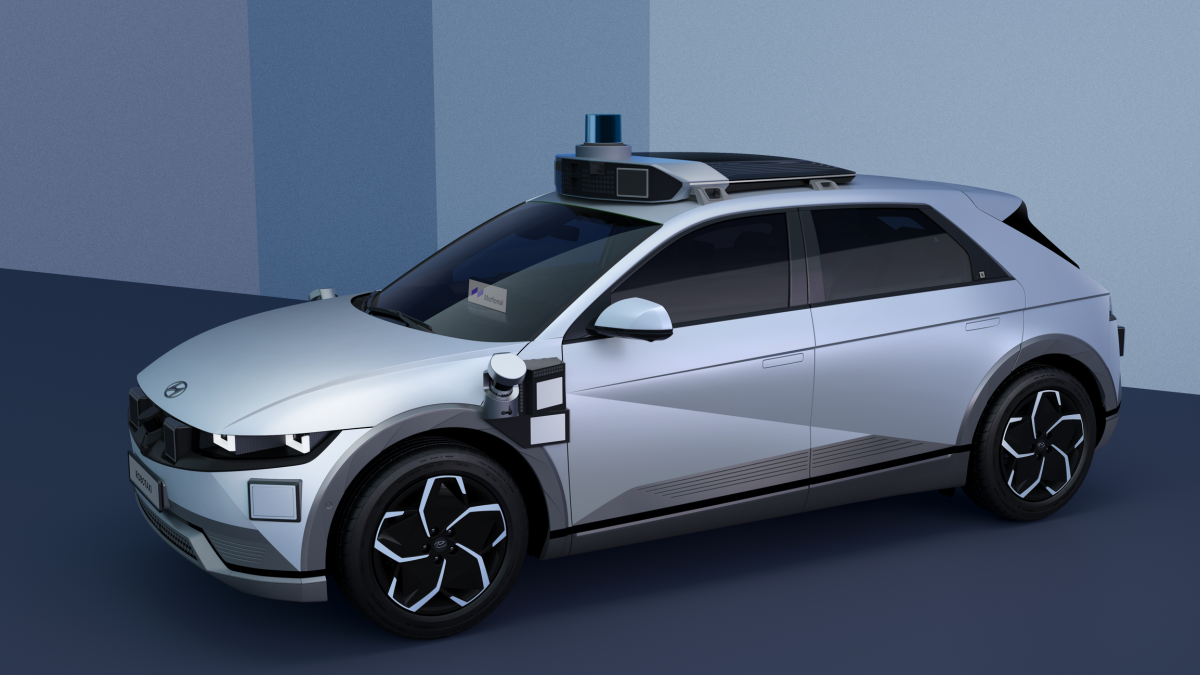 |
Automakers are no strangers to active safety systems, with various electronic devices already able to regulate throttle, braking, steering and suspension to ensure traction and stability while driving. The next stage of active safety is well underway, with advanced driver assistance systems (ADAS) able to take partial control of critical driving functions.
Technologies such as automatic emergency braking (AEB) and lane-keep assist are now common, even in less expensive models. But whilst ADAS is quickly becoming part of the modern car’s fabric, these technologies are no substitute for passive safety, and innovation must continue on both sides.
Active safety can help to avoid a collision, or mitigate the severity of impact, but measures must remain in place to protect occupants regardless; the World Bank estimates around 1.25 million traffic fatalities occur annually, with many more traffic injuries. Automakers are keenly aware of this.

It’s time to log in (or subscribe).
Not a member? Subscribe now and let us help you understand the future of mobility.
Scroll
News
Magazine
Articles
Special Reports
Research
OEM Tracker
OEM Model Plans
OEM Production Data
OEM Sales Data
1 user
- News
- yes
- Magazine
- yes
- Articles
- yes
- Special Reports
- yes
- Research
- no
- OEM Tracker
- no
- OEM Model Plans
- no
- OEM Production Data
- no
- OEM Sales Data
- no
1 user
- News
- yes
- Magazine
- yes
- Articles
- yes
- Special Reports
- yes
- Research
- yes
- OEM Tracker
- yes
- OEM Model Plans
- yes
- OEM Production Data
- yes
- OEM Sales Data
- yes
Up to 5 users
- News
- yes
- Magazine
- yes
- Articles
- yes
- Special Reports
- yes
- Research
- yes
- OEM Tracker
- yes
- OEM Model Plans
- yes
- OEM Production Data
- yes
- OEM Sales Data
- yes
- News
- yes
- Magazine
- yes
- Articles
- yes
- Special Reports
- yes
- Research
- yes
- OEM Tracker
- yes
- OEM Model Plans
- yes
- OEM Production Data
- yes
- OEM Sales Data
- yes



